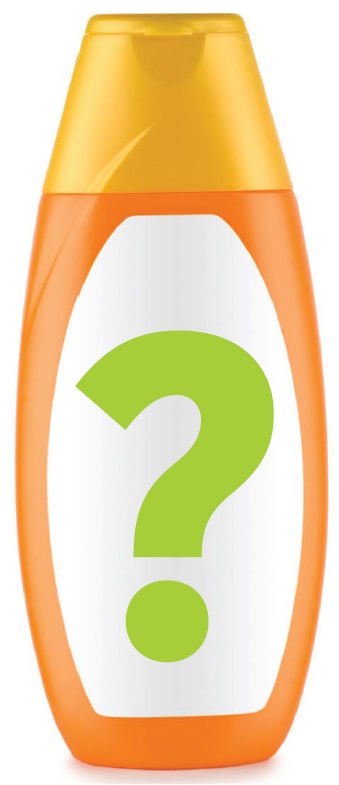‘Out, damned spot!’
Evan Zabawski | TLT From the Editor July 2012
Laundry Tip No. 2: Removing oil from clothing.

It is fairly inexpensive, ounce for ounce, when compared to commercial pretreatment products, which generally promise to do it all.
When I am teaching, there are times when I am wont to impersonate Heloise Bowles, author of “Hints from Heloise,” a newspaper column that offers advice on life, work, home and play. The two most common instances of this mimicry are in suggesting replacing fabric softener with vinegar, as I discussed in my October 2010 column, and suggesting an alternative laundry pretreatment for oil stains on clothing.
Usually I don’t just give away the answer. I like to challenge the group to identify a common household product that is effective at removing oil and grease stains. Often the guess is dish soap, which is effective but would cause foaming in a washing machine.
When I give the hint that most of us would have this product in our bathrooms, the guesses still seem to be in the form of hand or body soap, which would also foam significantly. Once I give the answer as shampoo, I see many nods of agreement as the realization of shampoo’s role in hair cleaning sets in. Shampoo is largely designed to remove oily residue from your hair, so it seems natural that it will work on clothes too.
The key ingredient is sodium lauryl sulfate, a surfactant that is very effective at tackling oily stains and residues. You will also find this ingredient in many laundry soaps, toothpastes and shaving creams. The key reason I prefer shampoo is its solubility in water and its availability in a form that is reasonably free of perfumes and dyes.
Shampoo is also fairly mild, so I don’t worry about the colorfastness of fabrics. It is fairly inexpensive, ounce for ounce, when compared to commercial pretreatment products, which generally promise to do it all. Why use something that removes grass stains as well when you don’t require those enzymes?
The next time you end up brushing up against oily equipment and staining your clothes, simply apply a small dab of shampoo to the affected area before laundering the item, as per normal instructions. This tip naturally applies to cooking grease stains as well, such as from frying bacon or barbequing without an apron.
Depending on the color of the stain, it may be obvious that the stain is gone before you put it in the dryer, but if in doubt, line or air dry the item to avoid setting any residual stain. To quote Lady MacBeth, “Out, damned spot! Out I say! One, two. Why, then, ‘tis time to do’t.” A second application of shampoo and another laundering may be required for complete removal.
There is some controversy over the use of sodium lauryl sulfate in cleaning and cosmetic products, even though it is derived from natural coconut or palm oils. The issue is that some manufacturing processes may result in measurable levels of ethylene oxide and 1,4-dioxane as contaminants. The former is a known human carcinogen, and the latter is merely listed as a possible human carcinogen.
The California EPA has classified ethylene oxide as a possible developmental toxicant and 1,4-dioxane as persistent, meaning it doesn’t degrade easily and remains in the environment long after being rinsed down the drain. 1,4-dioxane is removed easily enough through vacuum stripping during the manufacturing process, however, the consumer has no easy way of knowing this process was employed.
Not all sodium lauryl sulfate products are harmful, as some literature would have you believe. Further research should help assuage any fears or perhaps convince you to switch to alternative soaps to avoid any potential harm. I’ll leave that to you.
 Evan Zabawski, CLS, is the senior reliability specialist for Fluid Life in Edmonton, Alberta, Canada. You can reach him at evan@fluidlife.com
Evan Zabawski, CLS, is the senior reliability specialist for Fluid Life in Edmonton, Alberta, Canada. You can reach him at evan@fluidlife.com.